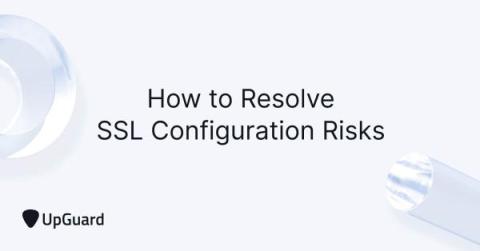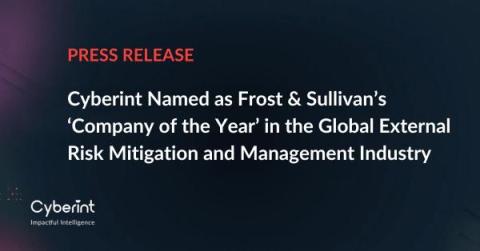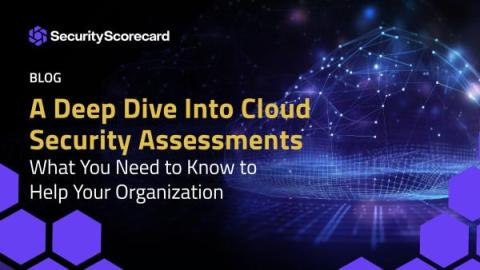Effective Workflow For Your Audit Management Process
External and internal audits generate better insight into your data security, yet most employees flee from the process. Audits are cumbersome, time-consuming, and often feel peripheral to most people’s daily workload. Yet, several benefits of internal auditing make it a critical component of the long-term sustainability of your organization. However, mastering an efficient workflow for your audit management process, including risk-based internal audits, can make a significant difference.








